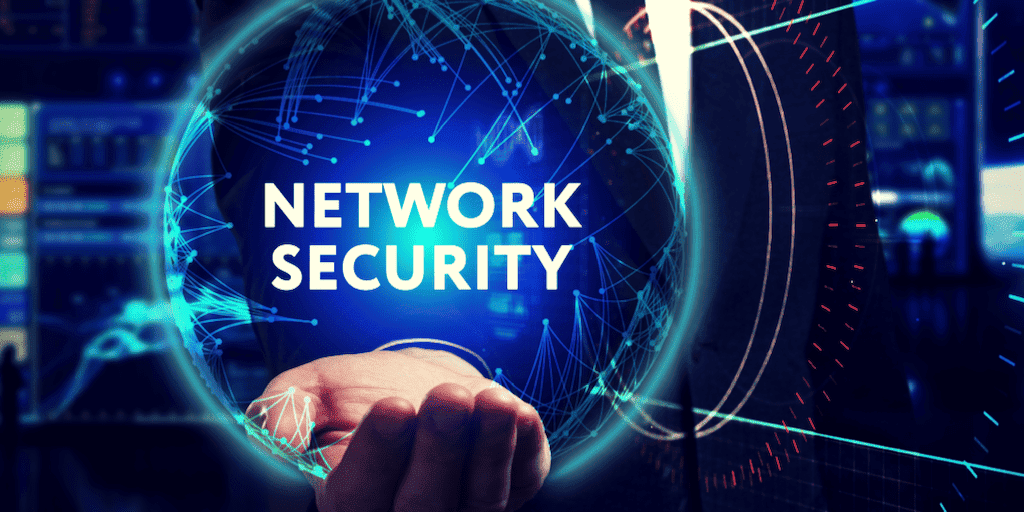In today’s fast-paced digital landscape, securing networks is not just a necessity—it’s a critical cornerstone of business operations. As cyber threats become more sophisticated and frequent, organizations face the daunting task of protecting sensitive data while ensuring efficient workflows. The growing remote work trend has magnified this challenge, forcing companies to reconsider their traditional network security strategies. Solutions from leaders like Versa Networks are at the forefront of this security evolution, offering innovative tools to help navigate these issues effectively.
Remote access to corporate networks introduces a new layer of complexity. Companies no longer deal with a single, centralized environment but rather a dispersed series of access points that can each become a vulnerability if left unchecked. Businesses must develop multi-layered security strategies that prevent, detect, and respond to potential cyber threats. This heightened level of vigilance is crucial as attackers continuously hone their methods, exploiting any gap in security they can find.
Key Takeaways
- Discover strategies for maintaining secure networks in a remote work environment.
- Learn how companies can adapt security measures for a distributed workforce.
- Explore the latest trends in network security for remote working.
The Rise of Remote Work
The surge in remote work is a seismic shift that fundamentally alters workplace dynamics. According to insights from a study, this shift is expected to have long-term implications for businesses. As remote work grows increasingly common, companies must reconsider the security risks of employees accessing sensitive information from home, coffee shops, or other non-traditional offices.

This movement towards remote work is more than a mere adjustment; it represents a paradigm shift in how workspaces are perceived and managed. While working from home provides flexibility and convenience, it also introduces new obstacles that need creative solutions. Companies must ensure that security protocols are robust enough to address remote access vulnerabilities, including unsecured Wi-Fi networks, personal device usage, and potential data breaches.
Key Components of a Secure Network
Establishing a secure network in today’s digital world goes beyond technical measures. It necessitates a comprehensive strategy that considers both human and technological factors. Here is a checklist of essential components businesses should consider:
- Comprehensive firewall protection: firewalls serve as the first line of security, preventing unwanted network access and guarding against threats.
- Regular software updates: Keeping all systems updated with the latest patches helps close security loopholes that attackers might exploit.
- Strong password policies: Implementing stringent password policies ensures that accounts are less vulnerable to brute force attacks.
- Employee awareness and training: Employees should be informed on best security practices and how to identify phishing efforts or other dangers.
These components form the foundation of a resilient network that can withstand attempts to compromise its security.
Tools and Technologies for Enhanced Security
With the rise of remote work, organizations must leverage advanced tools and technologies to safeguard their networks. Virtual private networks (VPNs) are critical for providing safe routes for remote workers, as they ensure that data carried over the Internet is encrypted and secured from prying eyes. Furthermore, multi-factor authentication (MFA) offers an additional layer of security, making it more difficult for unauthorized persons to access vital data.
Endpoint security solutions are also critical, as they focus on protecting devices used by remote employees. These solutions work to identify, analyze, and mitigate threats before they can cause significant damage. By investing in these technologies, organizations can manage their security risks more effectively and maintain a robust defense against evolving threats.
Data Protection in Remote Workspaces
The proliferation of remote work means data protection extends beyond the traditional office perimeter. Organizations must implement comprehensive data protection strategies, including encryption technologies, detailed data governance frameworks, and regular audits. It will allow them to detect weaknesses and take remedial action before major breaches occur.
Data protection in remote environments requires a coordinated effort involving policy development, employee training, and technological innovation. It is not merely about securing data but also about creating a culture where data privacy is prioritized and security practices are ingrained in everyday operations.
Future Trends in Network Security
The future of network security is poised for transformative advancements that promise to enhance the overall resilience of organizational systems. Integrating artificial intelligence (AI) into security protocols is one of the most significant trends. AI-enhanced security measures can analyze vast amounts of data in real-time, allowing for quicker identification and evaluation of potential threats. Furthermore, these systems are designed to adapt and evolve, utilizing machine learning algorithms to recognize patterns and anomalies that may indicate malicious activity, thereby enabling a proactive stance in threat management.
Implementing zero-trust architectures is gaining momentum in conjunction with AI. The fundamental principle of a zero-trust model is to assume that threats could be both external and internal, treating every access request as potentially risky. This approach requires continuous verification of users and devices, minimizing trust assumptions. Organizations adopting this model can expect stronger defenses and enhanced oversight through micro-segmentation and strict access controls.
As these technologies grow, they have the potential to alter the cybersecurity environment significantly. This shift towards more intelligent and autonomous security systems means organizations must remain vigilant and informed about emerging trends and innovations. Businesses must evaluate how to integrate these advanced technologies effectively with their security frameworks. By doing so, they position themselves to stay ahead in the relentless and ever-evolving battle against cyber threats, ultimately safeguarding their assets, data, and reputation in an increasingly digital world.